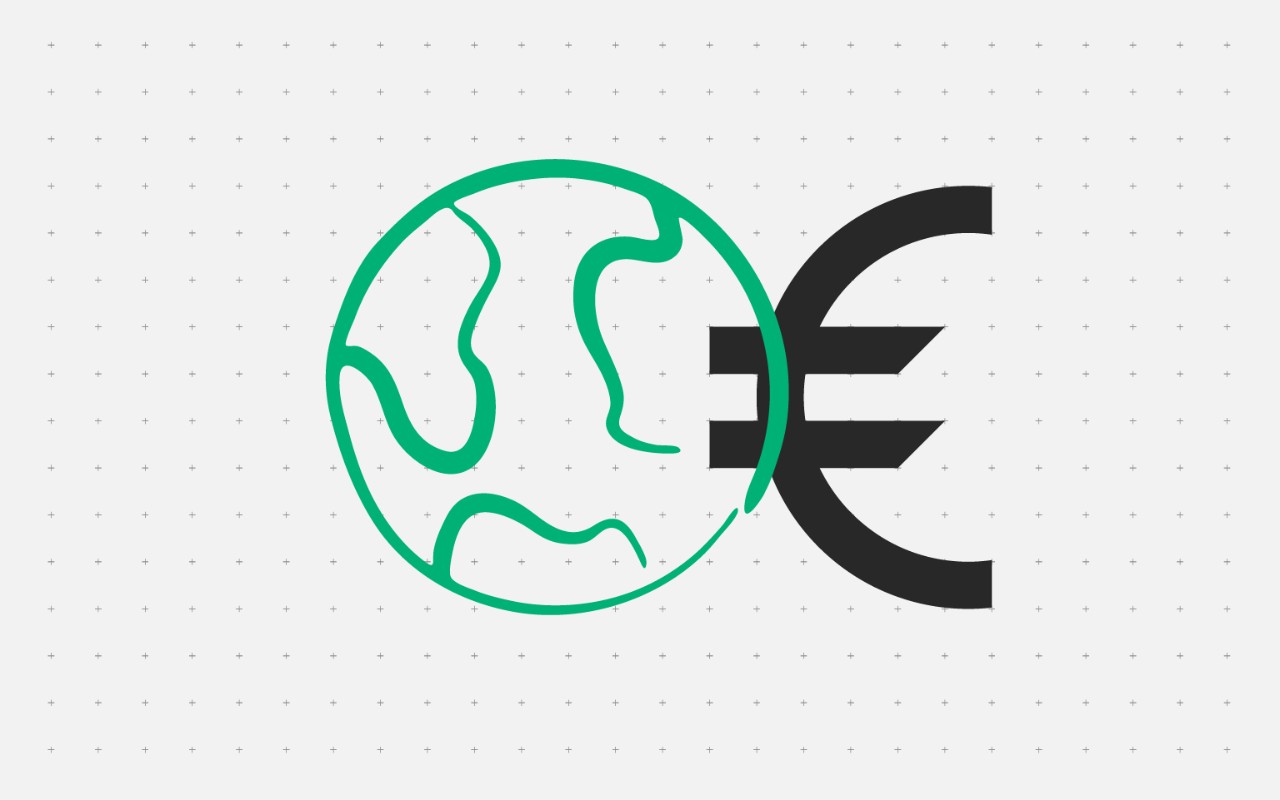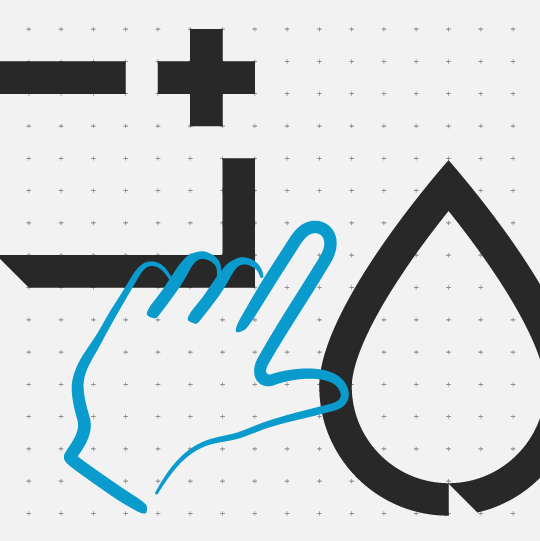Sustainability is no longer an afterthought for businesses—it’s a necessary consideration in strategic decision making. From education institutions to financial service providers, organisations are under pressure to reduce their environmental footprint while maintaining efficiency and cost-effectiveness. An often-overlooked factor in sustainability efforts is the choice of high-volume printing technology. The debate between inkjet and toner production printers has moved beyond print quality and speed; today, it’s about environmental impact and long-term savings.
Inkjet printers, particularly those designed for production printing, offer a more sustainable alternative to traditional toner-based devices. By consuming less energy, reducing waste, and lowering operating costs, they not only support greener business practices but also drive financial efficiency. This article explores four key sustainability challenges and how inkjet technology can address them.
Reducing energy consumption
Printing large volumes of documents requires significant energy, particularly in industries such as education and finance, where invoices, statements, and reports are constantly produced. Traditional toner commercial printers often rely on heat-intensive processes such as fusing, which consume substantial amounts of energy. For this reason, laser and toner production printers can use significantly more energy than inkjet printers.
Inkjet technology, by contrast, does not require large amounts of heat to fuse toner to paper, nor to dry the ink. The Kyocera TASKalfa Pro 15000c operates with low-voltage technology, significantly reducing energy consumption while maintaining high-speed output. This lower energy use not only benefits the environment but also cuts operational costs for businesses.
Minimising waste and reducing carbon footprint
Toner-based printing often generates more waste compared to its inkjet counterpart. For example, empty toner cartridges, fuser units and non-recyclable components. These elements contribute to landfill waste and increase a company’s carbon footprint.
Inkjet production printers, especially high-volume models like the TASKalfa Pro 15000c, use significantly fewer consumables. With less moving parts and more durable design, waste is minimised. Kyocera also prioritises long-life components, reducing the need for frequent replacements and extending the lifespan of these devices. This approach aligns with Kyocera’s circular economy principles by reducing waste and improving resource efficiency.
Lower energy use cuts operational costs for businesses.”
Cutting water and chemical waste
Sustainable printing isn’t just about energy efficiency and landfill reduction. It’s also about being more conscious of water and chemical usage. Some processes in the production print industry contribute to water and chemical pollution, particularly in the production of inks and/or toners. They rely on chemical-intensive processes and can require additional coatings and treatments that involve harmful substances.
Kyocera’s water-based pigment inks in the TASKalfa Pro 15000c eliminate the need for hazardous chemicals. Unlike solvent-based inks, these eco-friendly inks produce vibrant prints without releasing harmful volatile organic compounds. This makes inkjet printing a safer and more sustainable choice for industries that require high print volumes without compromising environmental responsibility.
Supporting cost-effective sustainable printing
Sustainability initiatives often receive resistance due to misconceptions surrounding perceived high costs. The modern business demands eco-friendly solutions that does not compromise on budgets or quality. With high-speed inkjet, sustainable printing can be both cost-effective and quality. Inkjet technology is not only more energy-efficient but also lowers total cost of ownership (TCO) by reducing consumable use and maintenance.
The TASKalfa Pro 15000c, for instance, provides one of the lowest cost-per-print rates in its category. It operates with high-capacity ink tanks that last significantly longer than toner cartridges, reducing purchasing and disposal costs while increasing uptime. This means businesses can achieve their sustainability goals without increasing operational expenses.
How Inkjet Printers Use Less Energy and Generate Less Waste
For organisations looking to improve sustainability without sacrificing efficiency, or incurring huge costs, the Kyocera TASKalfa Pro 15000c is the ideal choice. Its energy-efficient inkjet technology reduced consumable waste, and eco-friendly ink not only make it one of the most sustainable production printers on the market but also one of the most cost-effective. Whether used in the education sector for large-scale coursework printing or in transactional industries for high-volume statements, this production printer lets you save money and the planet.
Choosing the right printing technology is about more than just speed and output—it’s about sustainability and long-term efficiency. With our advanced inkjet technology and Kyocera’s commitment to sustainable inkjet innovation, businesses can make a smarter choice for both their bottom line and the planet.



